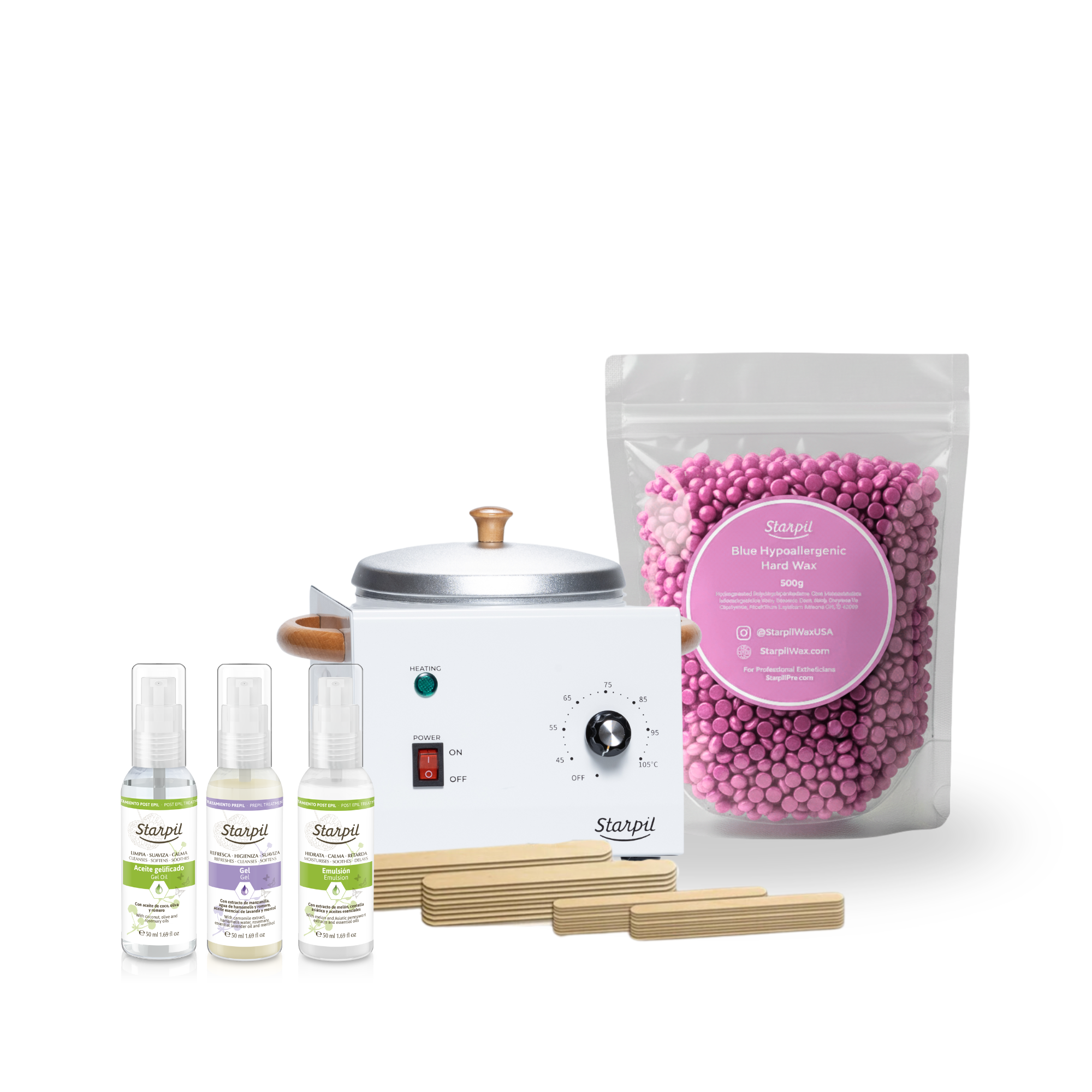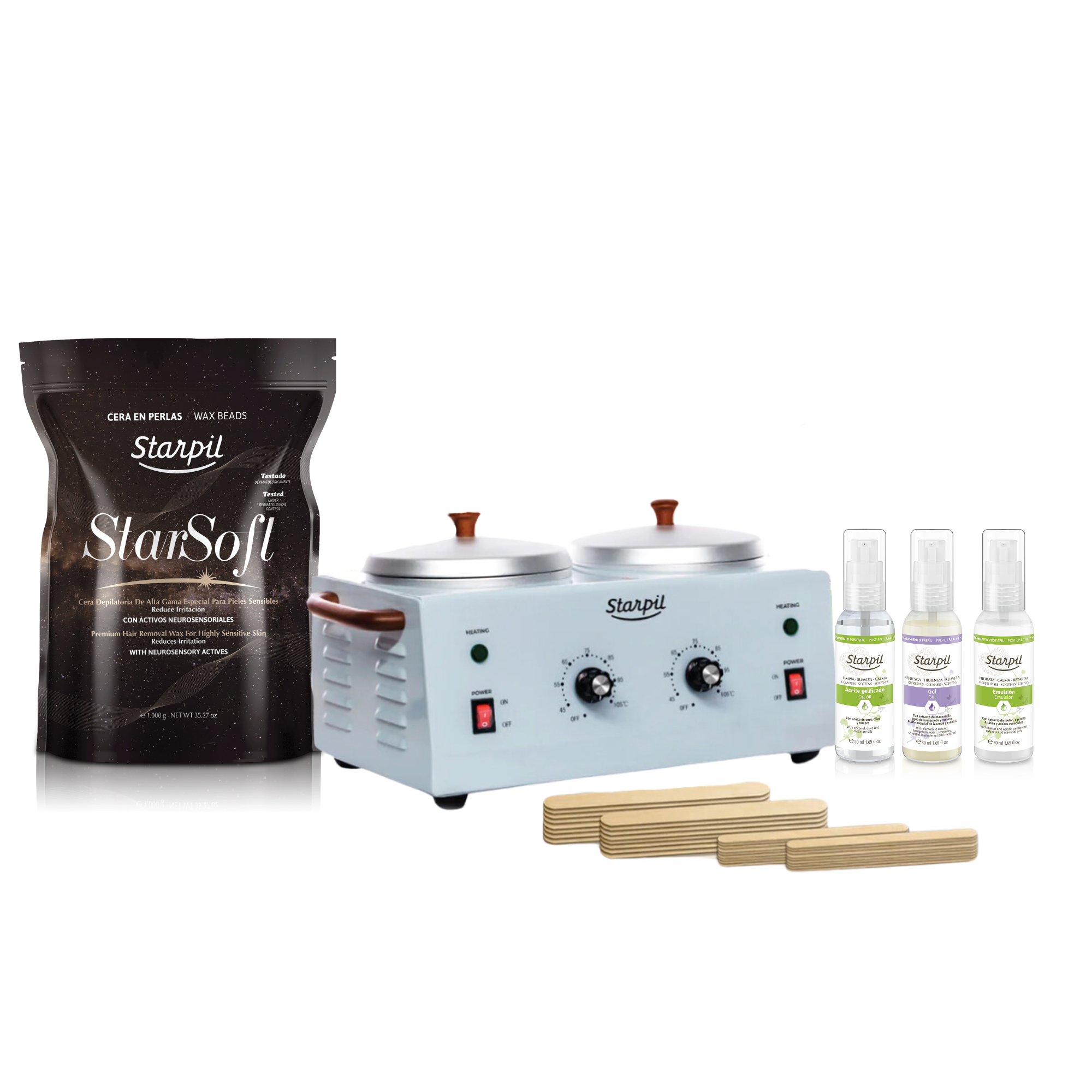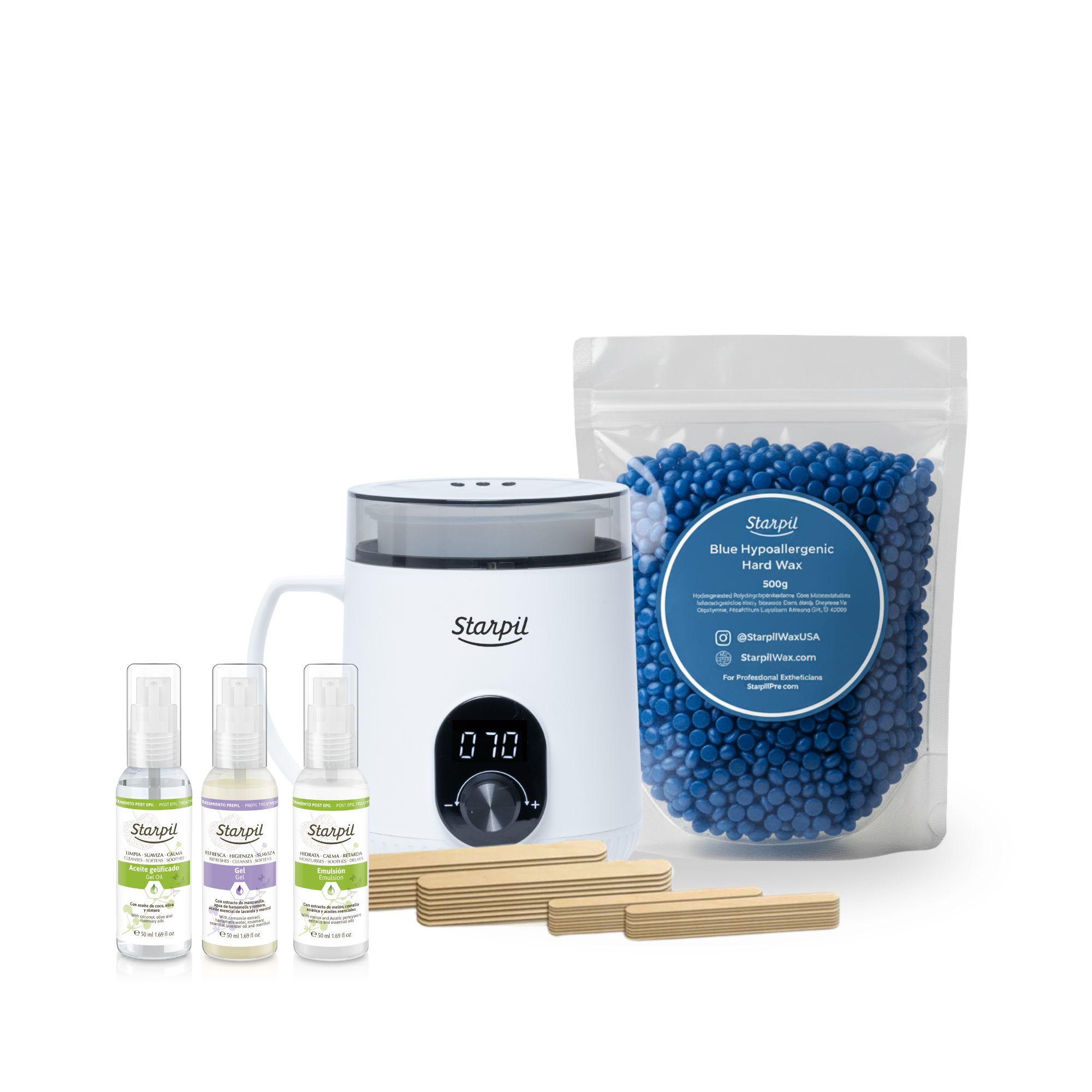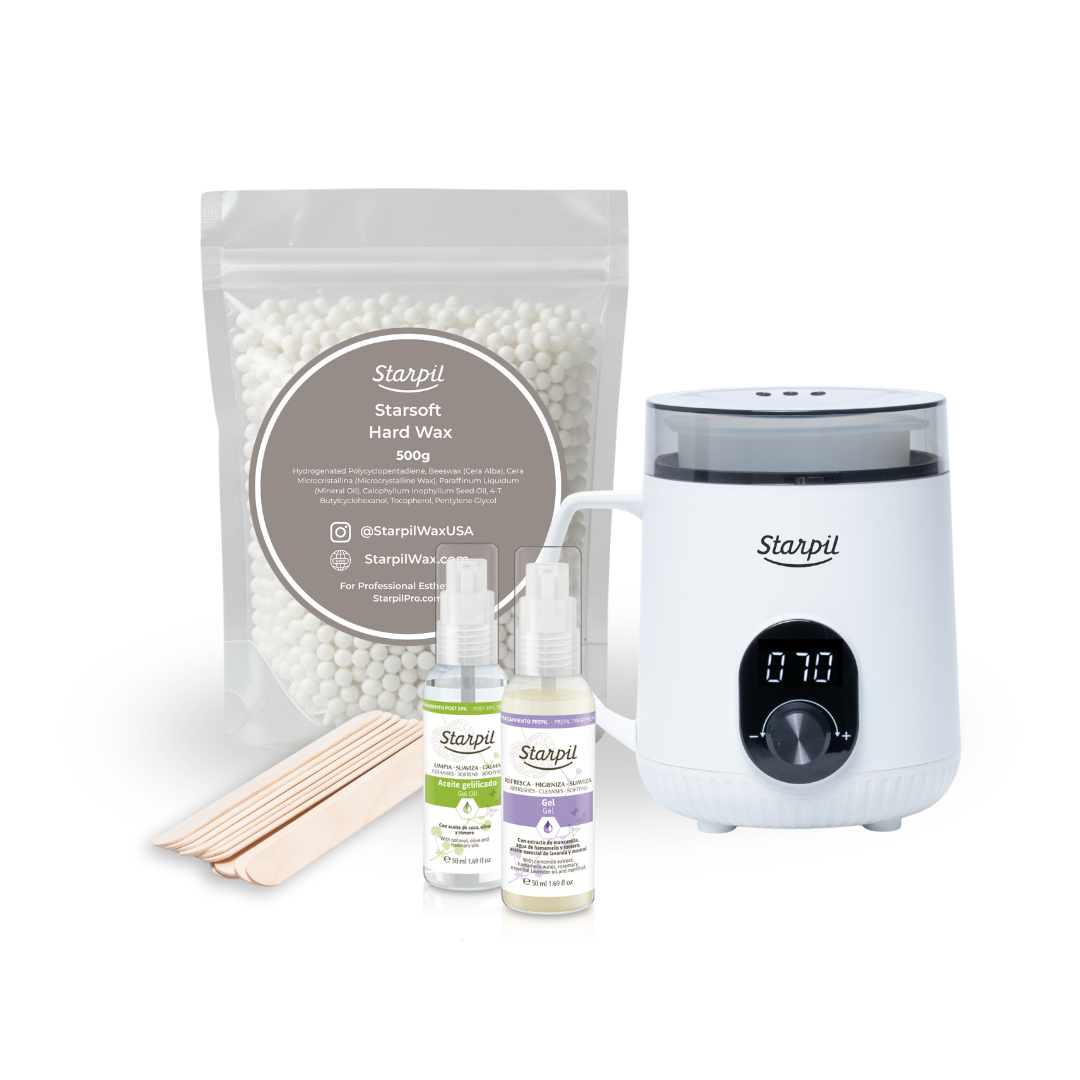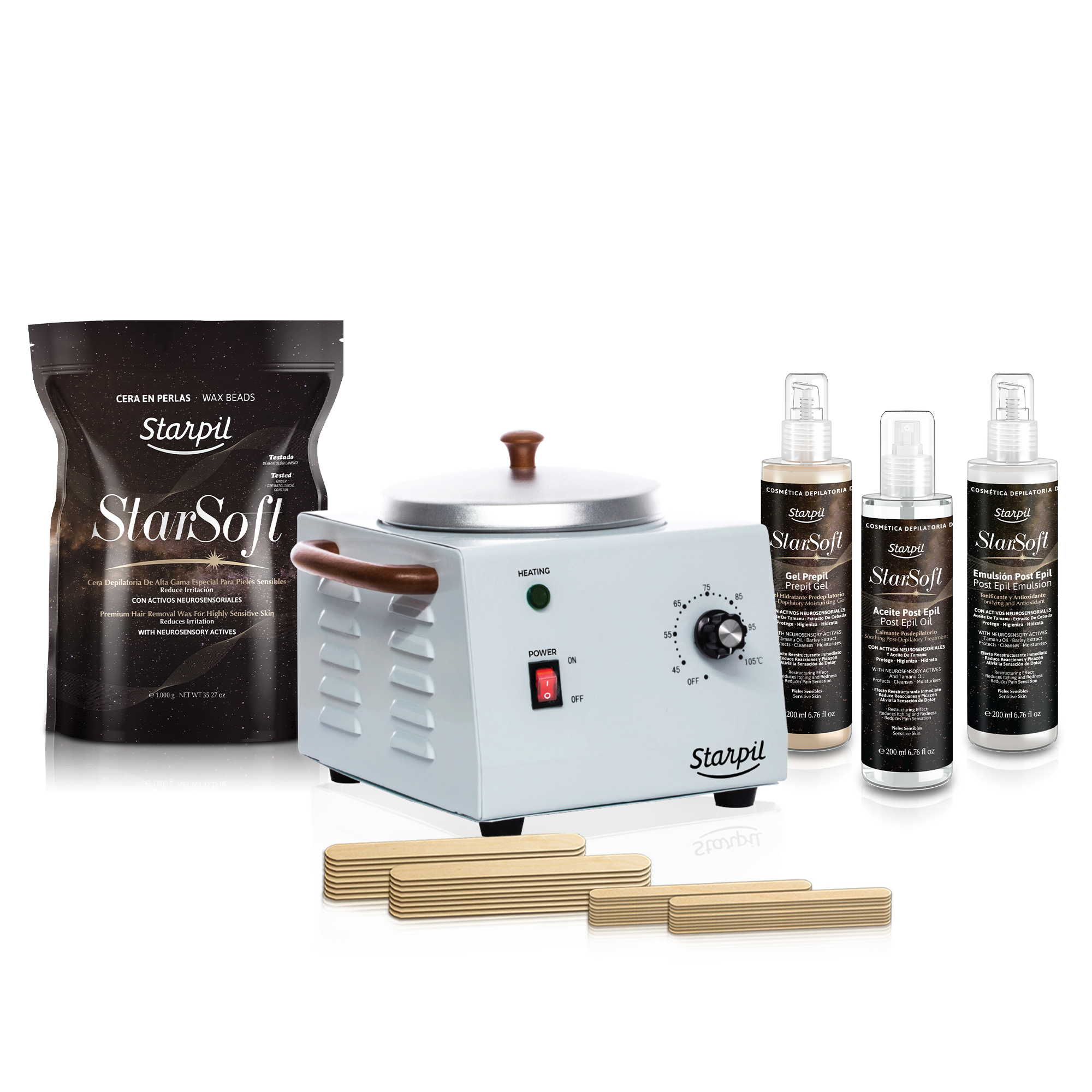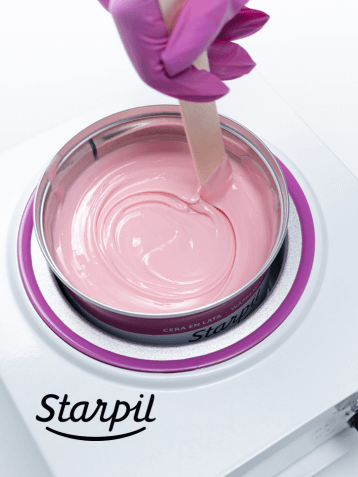An Esthetician’s At-Home Skincare Routine

Finding the right skincare routine for you and your skin is imperative to helping your skin’s health and appearance alike. With the right routine and the right research (and the right tips!), you’ll be able to get your skin on the right track and build it up from the inside out.
Table of Contents
When looking for the right routine for your skin, it might seem harder than it looks to start off with the products or regimen that will help your skin instead of overwhelming or stripping your skin. With these tips, we’ll give you the best pointers straight from the esthetician’s office.
READ: Working with Different Skin Types
How to Find Your Skin Type
Before crafting the right skincare regimen for your skin, it’s important to pinpoint your skin type or any skin issues that you might have. If you can, consult with a skincare professional to determine how to address your treatment plan properly.
If you want to try and figure out your skin type at home, however, the following are a couple of the key things you can do to determine how to care for your specific type:
- Normal Skin Types: Typically characterized by skin that doesn’t experience too many imperfections or texture, and isn’t too dry or too oily.
- Dry Skin Types: Characterized by a flaky texture that can appear red, cracked, or rough in texture. Dry skin can be genetic or can be contributed by external factors.
- Oily Skin Types: This skin type can be genetic or hormonal, and is characterized by having shiny, greasy, or puffy skin that can look congested.
- Combination Skin Types: Combination skin types can be hard to spot, but can be spotted through oiliness in the “T” zone, while dryness remains on the cheeks.
- Sensitive Skin Types: The appearance or presentation of sensitive skin can vary from person to person, but generally sensitive skin types can appear inflamed, textured, or rough.
Skin can also experience environmental or external issues including dehydration or other factors that might lead to conflicting opinions regarding your skin type.
Keep in mind that your base skin type can still experience or have exacerbated symptoms due to these issues. Recognizing this and taking care of them, however, is key to creating the right skincare routine.
Remember, your skin type doesn’t just refer to your facial skin either. Always have a care regimen in mind for your body’s skin, especially areas prone to dryness (hello, elbows and knees), or where you have an elevated risk of ingrown hairs or irritation.
READ: How to Get Rid of Oily Skin
What is a Good Skincare Routine?
Remember, despite the recommendations we might make here, always research your skin type and take into account any sensitivities or allergies you might have to certain ingredients or products before incorporating them into a skincare routine.
Having a good skincare routine is always going to depend on your sensitivity levels and type, but the following are some of the best go-to aspects for a skincare regimen:
Cleansing
Cleansing should always be the first thing you do as part of your skincare routine. Wet your skin with warm (not hot!) water and use a makeup remover or cleanser to take off any makeup, dirt, or debris that might have accumulated on your skin throughout the day or night.
Massage your cleanser into your skin and remove debris with a warm washcloth. On your body, use a body wash that doesn’t strip the skin and instead moisturizes and hydrates.
Though it’s recommended (especially if wearing a lot of makeup or living in an area with high pollution) to double cleanse gently and truly get your skin free and clear of any build-up. You can also follow your cleansing routine with a Micellar Water to remove anything that might’ve been left behind. Remember, no matter what, don’t neglect your neck!
Pro-Tip: You can use the Starpil Calendula Pre-Wax Gel throughout the day to give your skin a boost - even not when you’ve recently waxed. Use it after a run or workout to give your sweatier area a quick cleanse, or to just leave skin clean, protected, and clear in between waxes.
Exfoliation
Your exfoliation routine should always be as gentle as possible, no matter what your go-to strategy or products are. For the face, never exfoliate every day - instead use a chemical exfoliant once a week to remove dead skin cells or build-up.
Once a week or every two weeks, you can do a glycolic peel if that’s right for your skin, or can incorporate a retinol product into your routine once a month or so. Remember, if you’re using any retinol product on your face, do not wax your face at home or schedule an appointment without informing your esthetician of your retinol routine. Retinol can make the skin extremely sensitive and prone to lifting or damage during a waxing routine.
Remember, exfoliation shouldn’t have to be complicated or rough to do. Never scrub the face harshly when applying your exfoliant, and always gently massage away dead skin cells and debris not just from your face, but the entire body during the process.
For those looking for the ideal exfoliation process before waxing, some truly go above and beyond to provide their estheticians with a truly clean slate before they go in for their appointment.
You can use a dry brush (gently) on your skin before showering and then soak in a warm bath before using a moisturizing scrub on your skin. Never apply a scrub or brush to your skin harshly. You want to smooth your skin, not inflame it!
Pro-Tip: Use Starpil’s Ingrown Hair Serum 24 hours after waxing intimate areas. You can also do a light exfoliation routine too on the area to keep skin clean and clear from debris and prevent ingrown hairs.
Hydration
Keeping your skin hydrated and happy is key to also keeping it smooth and in its best condition, no matter what your skin type might be. When forming a daily skincare treatment, you can start your day off with micellar water followed by a daily moisturizer and SPF/sunscreen in the morning. Don’t just apply these products to your face, either.
Cleansing, moisturizing, and applying SPF to your neck and ear areas will also do wonders for you in the long run.
After cleansing at night, incorporate a moisturizing or hydrating serum into your routine, and always end your night with night cream or moisturizing cream. We often recommend using a moisturizer with hyaluronic acid in its top ingredients to keep skin hydrated and nourished overnight.
If you want to go above and beyond in your routine, you can also apply a thin layer of natural oils like jojoba or sesame oil, or rosemary to your bodily skin (and especially the bottom of your feet) to give your skin an extra boost.
Doing this can help draw out impurities, soften the skin, and support its balance, especially in drier areas like the knees or elbows. However, though this works for us, always do your research on how certain oils might impact your skin before incorporating this into your routine.
After your shower (if you’re a nighttime shower-taker, that is), you should always treat your skin to deep moisturization with a lotion geared toward your skin type to lock in water moisture and keep your skin smooth and supple. If you have dry skin, look for a thicker lotion or cream, but for oily skin types, look for a more lightweight lotion that won’t clog your pores or skin.
Pro Tip: For those with extremely oily skin, make moisturization a priority! If your skin feels irritated or inflamed, it might be because it’s dehydrated.
It’s hard to notice if you have dehydrated skin when there’s oil present, so stay aware. You can also apply Calendula Post-Wax Care Mousse after showering and pay attention to how your skin feels after. This is an excellent lightweight hydrator.
READ: Working with Dry vs. Dehydrated Skin: A Guide for Professionals
How to Start a Skincare Routine
One of the hardest things about creating the right skincare routine for yourself is sticking to it! Even if you’ve gone through the trouble of doing your research and creating the best treatment for your skin type, it can still seem overwhelming at first to actually keep up with suddenly applying all of these products to your face and body in a certain order, multiple times a day.
When starting a skincare routine, try not to do too much at once, and ease your skin into your regimen. If you’re switching products or adding in products, don’t forget that your skin (especially sensitive skin) can experience a transitional period where it might break out or be a little more reactive than usual. Give it time to adjust to a new product and settle into a routine instead of expecting immediate results or changes,
When creating a skincare routine for yourself, start with a daily routine of cleansing and applying moisturizer and SPF in the morning, cleansing, applying a serum, and then moisturizing at night.
Before you figure out what works for you, there’s no need to overwhelm your skin by incorporating too many steps into your routine at once. If you’re switching from one routine to another, try to gradually switch each product in your routine to see how your skin is impacted by each.
Lifestyle Tips for Healthy Skin
Creating a skincare routine will certainly help out with the health of your skin, but having a lifestyle that also aids in the state of your skin can help out a lot.
Try to incorporate a daily routine of drinking more water, and eating more foods with beneficial ingredients like Omega 3 or Omega 6 fatty acids, Vitamin E, C, A, or Zinc to try to boost your skin from the inside out. Creating a diet and lifestyle with your skin health in mind will also help form a more balanced canvas for your routine or products to enhance.
READ: 5 Tips for How to Wax Sensitive Skin
Post-Wax Skincare
For those who wax regularly, having a balanced skincare routine will of course help in between appointments to keep your skin healthy and in its best shape for your next service. However, this doesn’t discount the importance of practicing the right after-wax care routine.
Just like us, your post-wax routine should be done in layers and each step should be fully absorbed into the skin before putting on clothing or engaging in an activity.
The night before your waxing appointment, always perform a complete body exfoliation or peel to get rid of dead skin cells or any buildup that could make your service more painful. Apply Starpil Original Pre-Wax Gel after cleansing and exfoliating for a little extra hydration and moisturization the night prior.
For more sensitive skin types, use our Starsoft or Calendula lines to nourish and give your skin a little extra protection. Before heading to your appointment, always also dress in loose, breathable fabrics and clothing that won’t cause undo friction to your skin.
At your appointment, your esthetician will also apply Pre-Wax Gel to the application area for an additional cleanse before commencing with your wax. After your appointment, they’ll also apply Starpil Post-Wax Lotion and Post-Wax Oil to soothe and moisturize your skin while also removing residue and locking in hydration.
Once you get home from your wax, apply some extra moisturizer and lotion to your skin to keep things soothed and to dissuade any redness or irritation. 24 hours after your wax (especially for intimate areas) apply Starpil’s Ingrown Hair Serum to exfoliate and prevent ingrown hairs or breakouts.
READ: How to Prevent and Treat Ingrown Hairs After Waxing
Final Thoughts
For a lot of people, creating and starting a whole new skincare routine can sound like a lot - and it can be! Committing to your skin and its health requires dedication and routine, but don’t beat yourself up too much if you miss a step or forget to do your complete care once in and while.
Trial and error are going to be your best friends when it comes to making the right regimen for you, so pay attention to your skin! Not every product is right for everyone, so it’ll pay off to pay attention to your skin’s state and behavior throughout your skincare journey.
Keep things simple and don’t do too much all at once. Having the right routine is very rewarding, but doing it the right way will pay off in both the long and short term. You and your skin will be happy you did!













